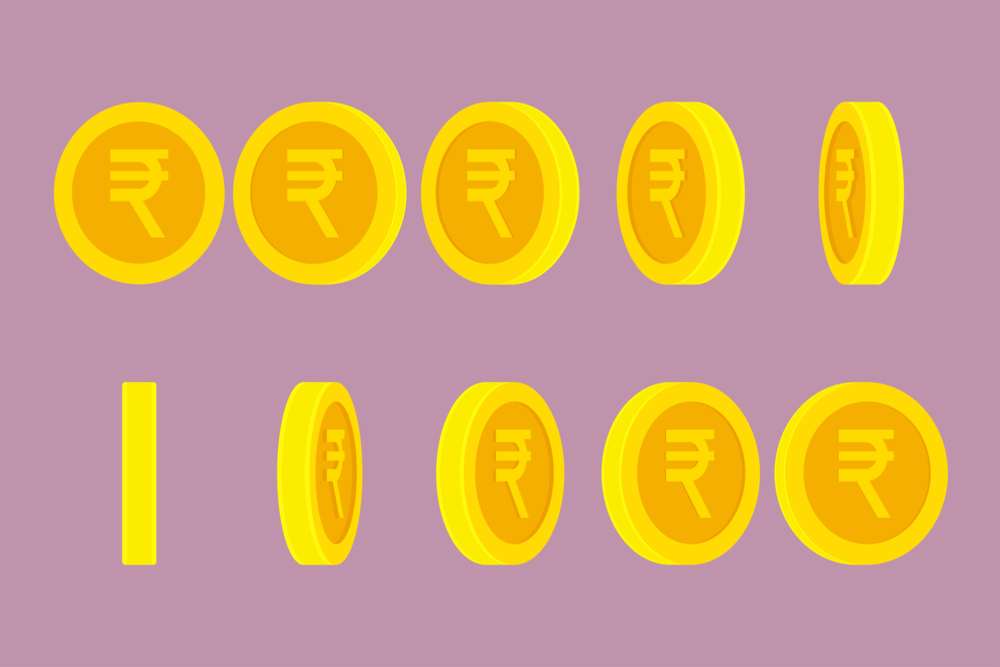India Likely To Post Current Account Surplus After 17 years: Survey
India’s current account deficit averaged 2.2% of GDP in the last 10 years

India is likely to post a current account surplus after a gap of 17 years, at 2 per cent of GDP during 2020-21, on back of resilient software services export, said the Economic Survey tabled in Parliament on Friday.
India’s current account deficit averaged 2.2 per cent of gross domestic product (GDP) in the last 10 years.
However, reversing this trend, current account balance turned into surplus (0.1 per cent of GDP) in fourth quarter 2019-20 on the back of, among others, a lower trade deficit and a sharp rise in net invisible receipts.
This quarterly surplus was registered after a gap of 13 years after fourth quarter of fiscal 2006-07. This has been followed by successive current account surpluses in first and second quarters of the current fiscal.
In the first half of 2020-21, steep contraction in merchandise imports and lower outgo for travel services led to a sharper fall in current payments (by 30.8 per cent) than current receipts (15.1 per cent) – leading to a current account surplus of USD 34.7 billion (3.1 per cent of GDP)
"Given the trend in imports of both goods and services, it is expected that India will end with an annual current account surplus of at least 2 per cent of GDP – after a period of 17 years," said the survey for 2020-21.
India, being a developing and emerging market economy, typically runs a deficit on the current account to supplement domestic savings with foreign savings to fund higher investment, it said.
The current account deficit is usually financed by a capital account surplus. However, since the last quarter of 2019-20, India has been experiencing a current account surplus along with robust capital inflows leading to a balance of payment (BoP) surplus.
The survey also noted that while improved current account balance has been a key factor for reserve accretion in first half of 2020-21, robust capital flows, particularly FDI and FPI, in subsequent months largely drove foreign exchange reserves to an all-time high of $586.1 billion as on January 8, 2021, covering about 18 months of imports.
Meanwhile, the pre-Budget document also called for scaling up of business sector contribution to research and development (R&D) by more than 50 per cent.
"This requires boosting gross expenditure on R&D from 0.7 per cent of GDP currently, to at least the average level of gross domestic expenditure on (GERD) in other top ten economies (GDP current USD) of over two per cent," it said.
It highlighted the need for boosting business sector contribution to total GERD from the current 37 per cent to close to 68 per cent.
The survey also suggests that the sector's total R&D contribution needs to be scaled from the present level of 30 per cent and 34 per cent personnel of researches, respectively, to 58 per cent and 53 per cent, respectively.









